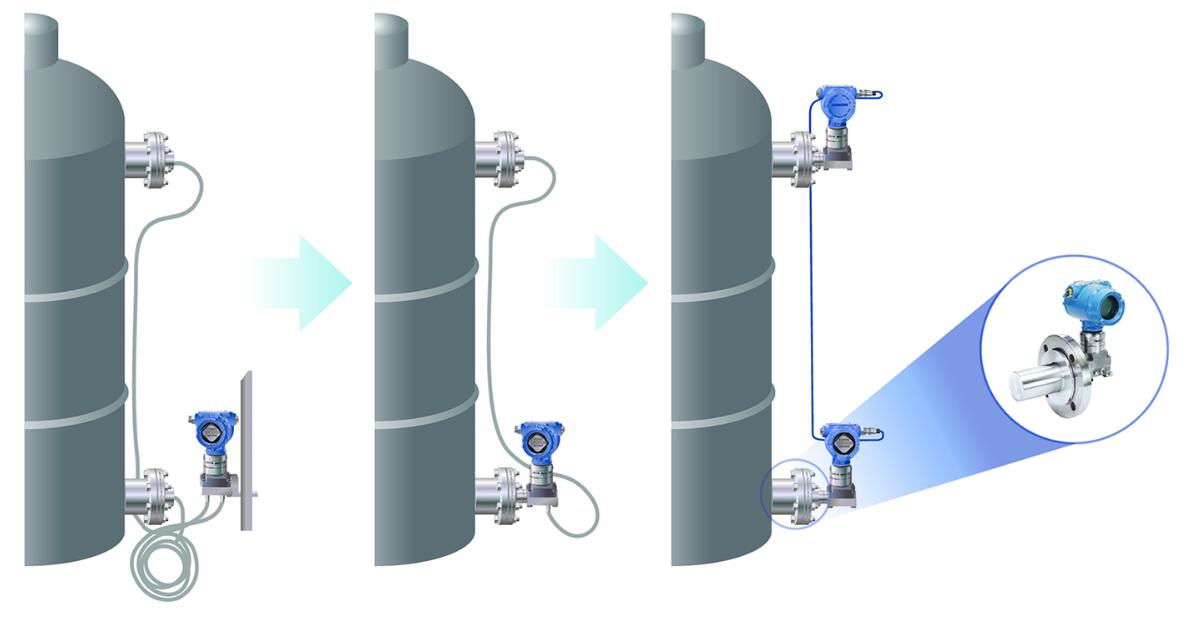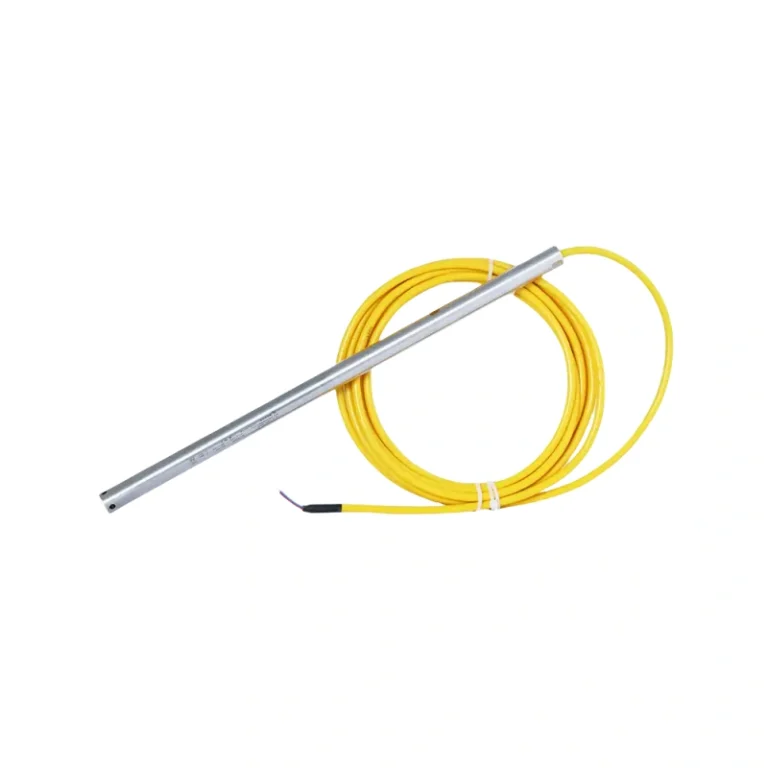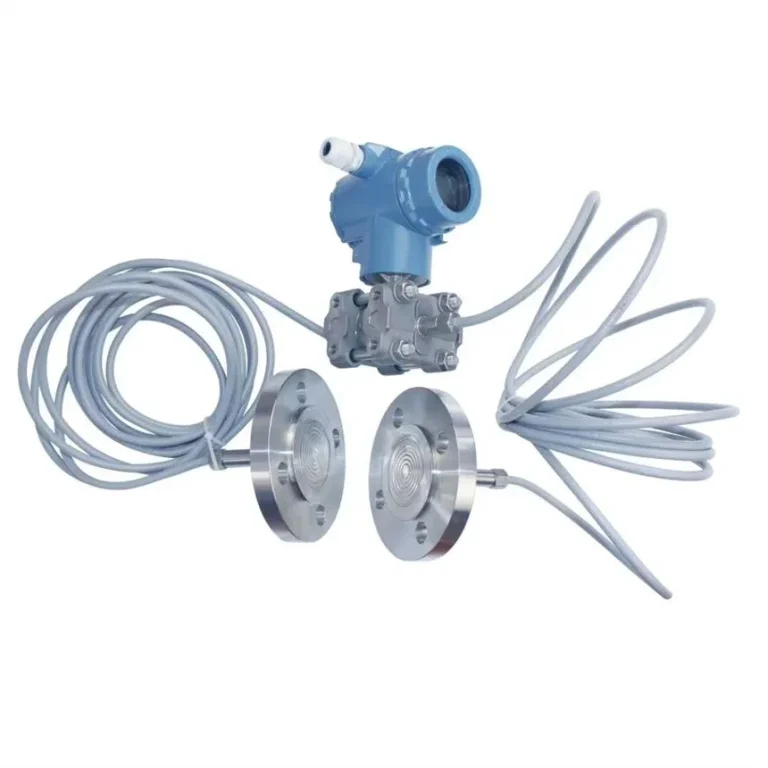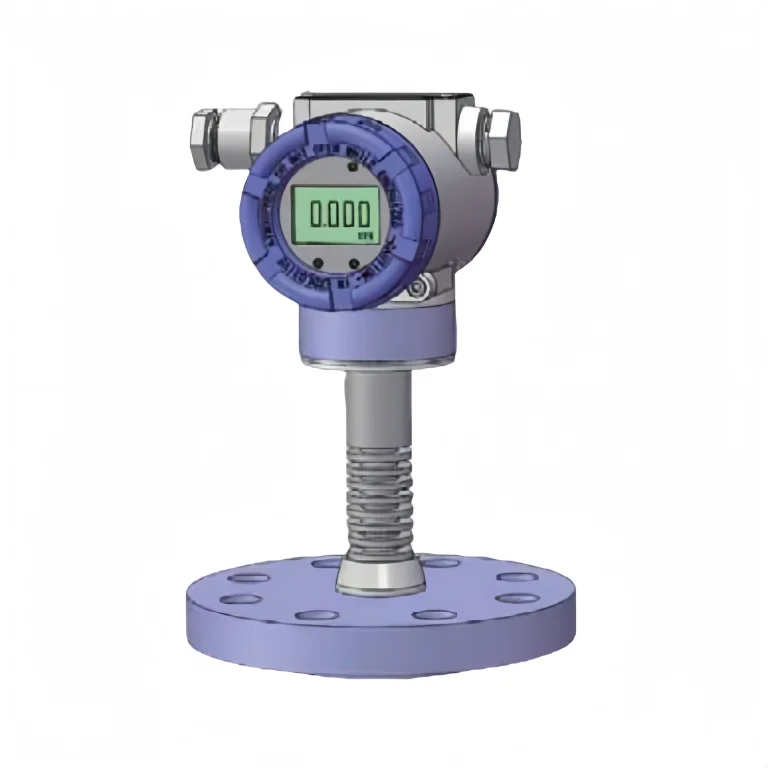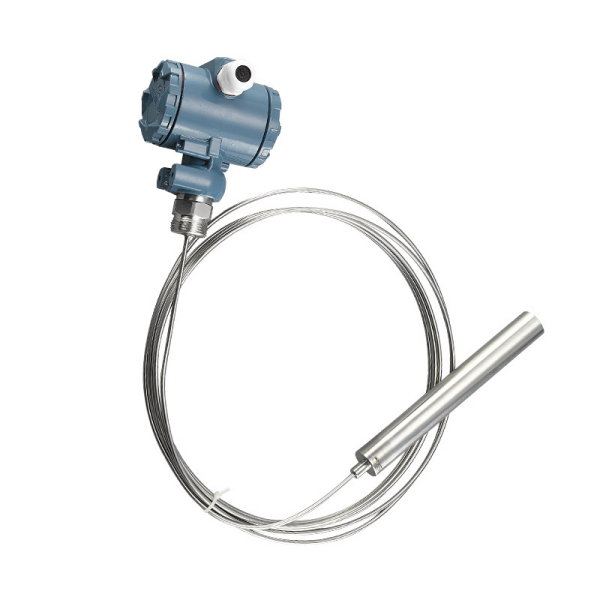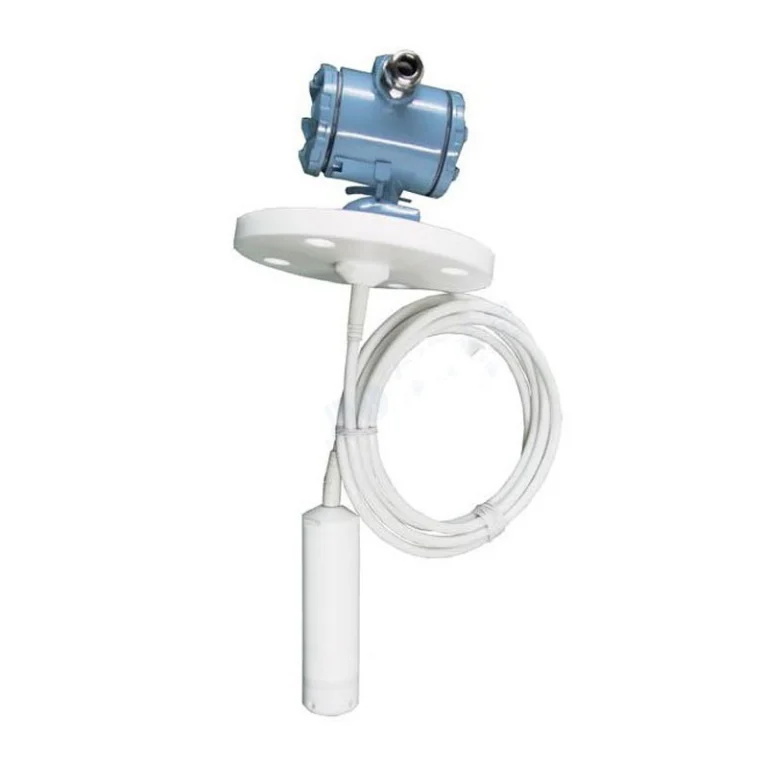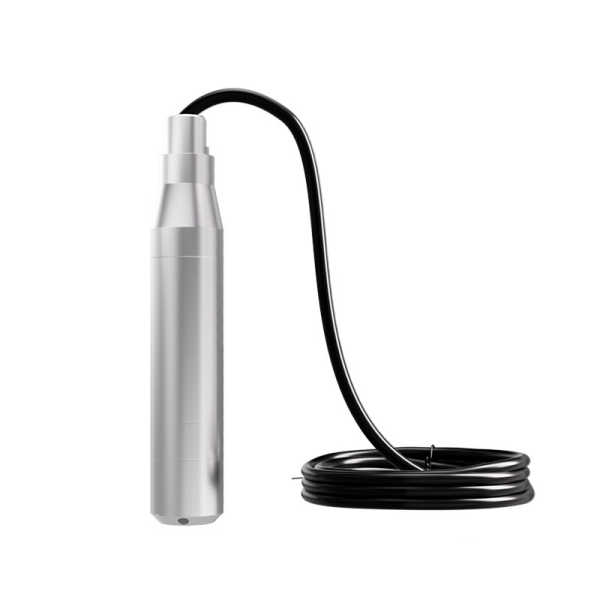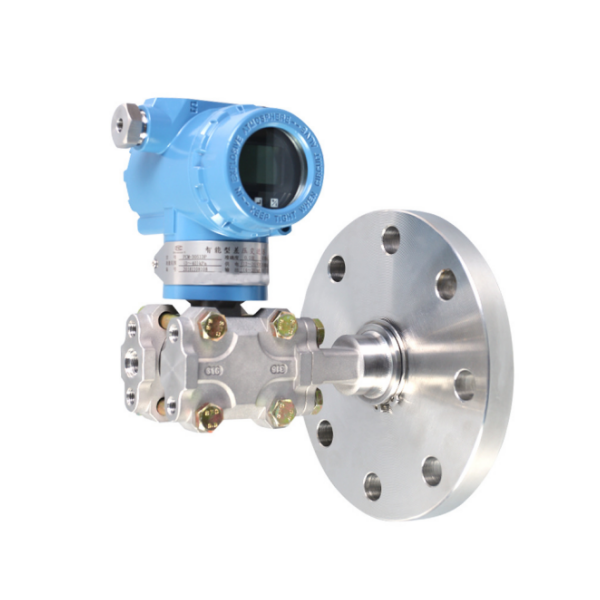Hydrostatic Level Transmitter
Hydrostatic Level Transmitters are becoming more and more popular. Because the measurement technology is simple and easy to use. Hydrostatic level transmitters continuously measure liquids in tanks and vessels by measuring pressure.
- Proven and proven measuring principle. High reliability.
- From water to wastewater, from oil to viscous liquids, high-precision measurements.
- Robust measuring process. Unaffected by interfering factors such as dust, foam, steam, sedimentation, contamination, etc.
- Level measurement is independent of vessel geometry and existing equipment.
- Various mounting styles and ranges can be customized. Submersible, single flange mounting, double flanges mounting!
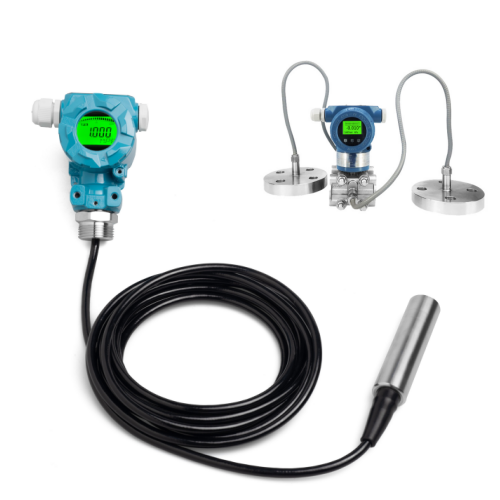
Featured Hydrostatic Level Transmitters
Level sensors based on hydrostatic level measurement are becoming more and more popular in continuous level measurement. Sino-Inst Hydrostatic Level Transmitters are designed for level measurement.
We support customization of parameters such as wetted material, measuring range, and measuring temperature. They have high accuracy, corrosion resistance, and excellent durability even under extreme conditions.
The measurement reliability is high and is not affected by many physical properties (such as conductivity, dielectric constant or viscosity, container geometry).
Commonly used are drop-in, or threaded, flange installation. All very convenient.
We support customization according to user requirements. Including measurement range, installation size, temperature, liquid contact material, etc.
Support signal output, 4-20mA, RS485, optional HART, etc. Used for remote liquid level monitoring.
Choose Sino-Inst Hydrostatic Level Transmitters for Better Level Measurement
Hydrostatic level sensors are used in various applications in different industries such as food, water/wastewater, diesel, chemical liquids, etc.
Sino-Inst manufactures and supplies submersible or externally mounted hydrostatic level transmitters. Suitable solutions are available in tanks or wells.
Hydrostatic Level Measurement Applications
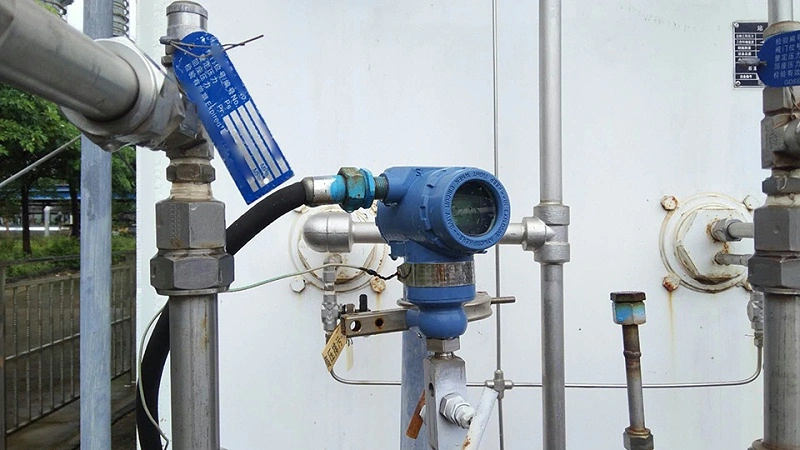
Open Container Level Measurement
Conventional process pressure transmitters can be used to measure tank liquid level. Depending on the measurement medium, different contact materials can be configured, including stainless steel, Hastelloy C, Monel, etc.
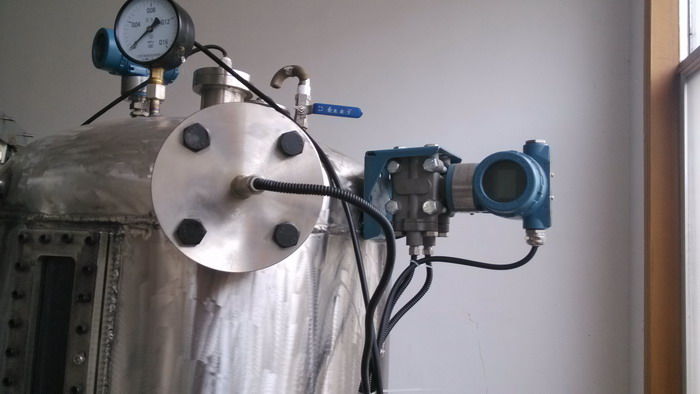
Closed Container Level Measurement
For closed containers, connecting the low-side pipe of the differential pressure transmitter to the top of the water tank can achieve this. So when measuring the level of a closed tank, a differential pressure transmitter must be used. Flanges and capillaries can be configured to meet the level measurement of large-sized tanks.
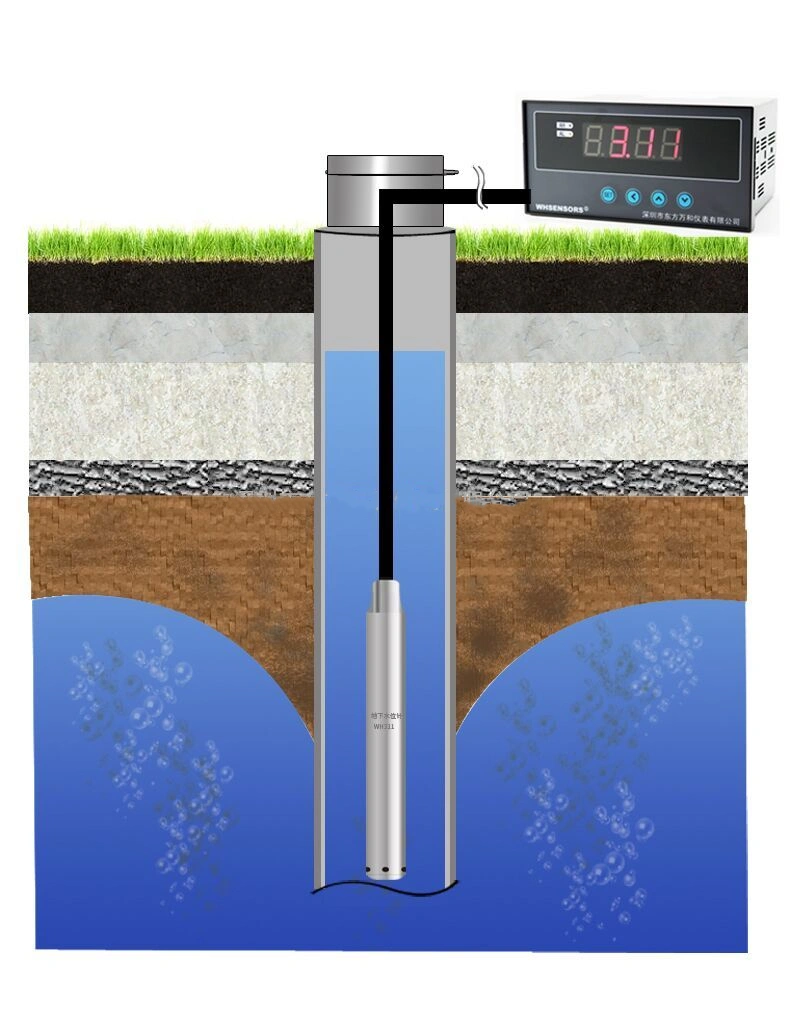
Groundwater-Well Level Measurement
For groundwater well level measurement, investing in a hydrostatic level transmitter is the simplest and lowest cost measurement. The measuring range can be customized, 0~200m~2000m.
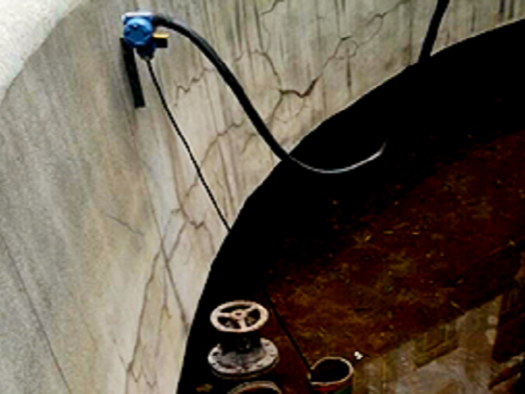
Sewage Level Measurement
Urban water supply and drainage, sewage treatment plants, and sewage level measurement in petroleum, chemical and other departments. The measured medium can be water, oil, acidic, alkaline and viscous liquid. The static pressure level transmitter can be made of stainless steel or even anti-corrosion PTFE to meet the measurement.
More Information
What Is the Principle of Hydrostatic Level?
The basic principle of hydrostatic level is to use the pressure transmission characteristics of liquid in a static state. A vertical fluid column generates pressure at the bottom of the column due to gravity. All other factors being equal, the greater the vertical height of the fluid, the greater the pressure. This principle enables us to infer the level (height) of the liquid in the container by pressure measurement.
The hydrostatic level gauge transmitter measures the liquid level by measuring the static pressure generated by the height of the liquid.
The core component of the hydrostatic level gauge is the pressure sensor. The sensor is usually located at the bottom of the liquid container and is in direct contact with the liquid. When the height of the liquid increases, the pressure generated by the liquid also increases. The pressure sensor converts this pressure change into a corresponding electrical signal. By processing and converting the electrical signal, accurate liquid level information can be obtained.
When the level transmitter contacts a certain depth in the measured liquid, the pressure formula on the sensor facing the liquid is: Ρ=ρ.g.H+Po.
Where:
P: Pressure on the liquid surface of the transmitter
ρ: Density of the measured liquid
g: Local gravity acceleration
Po: Atmospheric pressure on the liquid surface
H: Depth of the transmitter immersed in the liquid
At the same time, the pressure of the liquid is introduced into the positive pressure cavity of the sensor through the gas-conducting stainless steel. Then the atmospheric pressure Po on the liquid surface is connected to the negative pressure cavity of the sensor. To offset the Po on the back of the sensor, the pressure measured by the sensor is: ρ.g.H. Obviously, by measuring the pressure P, the liquid level depth can be obtained.
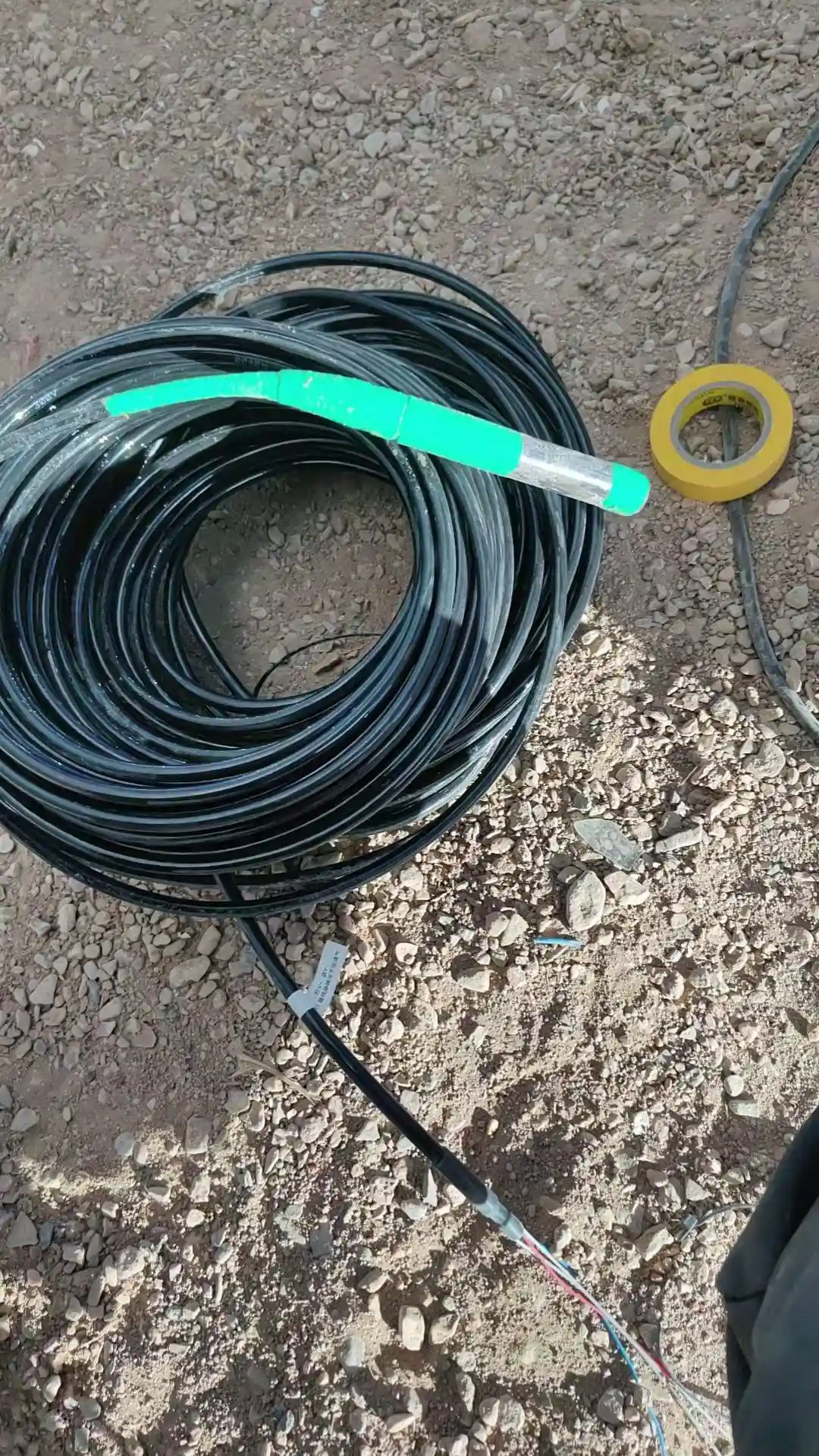
How Accurate Is a Hydrostatic Level Sensor?
The accuracy of a conventional hydrostatic level sensor is 0.5%. This accuracy can already meet the needs of most liquid level measurements.
More importantly, the hydrostatic level sensor is suitable for various high-temperature, high-pressure, corrosive or flammable and explosive liquids. It works based on simple physical principles. The measurement accuracy of the hydrostatic level sensor will not be affected.
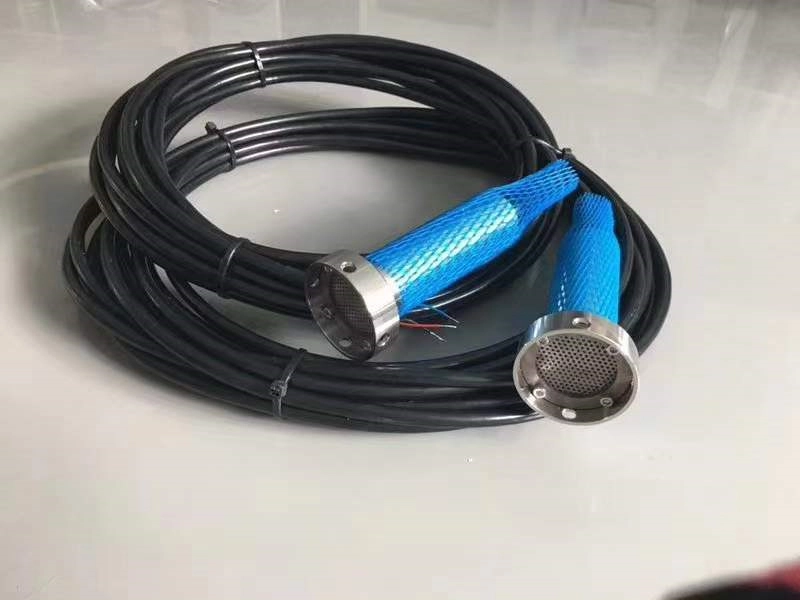
Hydrostatic Level Transmitter Advantages and Disadvantages
1. Advantages of hydrostatic level transmitter
- Simple structure, easy installation and maintenance, economical and durable;
- Fast response speed and high accuracy;
- Compact structure and simple installation;
- Applicable to level measurement for different types of liquids;
2. Limitations of hydrostatic level transmitter
- Not suitable for occasions containing impurities and high viscosity;
- Not suitable for media environments with slurry and sedimentation conditions;
- Some highly etchant media require special treatment.
Types of Hydrostatic Level Transmitters
Hydrostatic level gauges can be divided into two types: immersion level transmitters and side-mounted level transmitters.
Side-mounted is a common method of measuring the level of normal pressure equipment using pressure transmitters or differential pressure transmitters.
